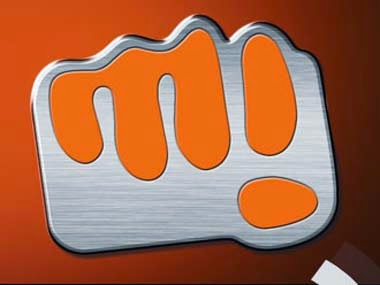Twitch is a startup best known for
Twitch.tv, a live streaming platform that lets people stream their favorite
video games. It was introduced in June 2011 as a spinoff of fellow streaming
platform Justin.tv. The site primarily focuses on video gaming, including
playthroughs of video games by users, along with broadcasts of e-sports
competitions. Content on the site can be viewed either live or on demand basis.
In the recent news, Amazon acquired
Twitch in $970 Million. This acquisition shows Amazon opportunity for the
company to show its belief in the future of gaming. Amazon created an in-house
gaming studio in 2012 and created a few Facebook and mobile games since then.
Amazon is also the top video game vendor in the world. Amazon’s rising
prominence as a video game vendor provides a powerful incentive for the company
to better integrate itself into gaming culture and promote itself in services
commonly used by gamers.
The Twitch acquisition is the
latest in a series of commitments that Amazon has made to the gaming world.
Amazon powers plenty of game makers through its Amazon Web Service Cloud
Computing services, and promises mobile developers easy ways to make more
money. Amazon decide to make its own original games and launched Amazon game
Studios to create mobile games. In 2011, Twitch gained popularity when it
really took off when it struck deals with Microsoft and Sony to power live streaming
on the Xbox One and PlayStation 4 consoles.
Twitch makes money by letting users
place ads before a stream plays or through subscription. While it is popular
video sharing site YouTube but it has more popularity then Google service
facility. Google was also said to be vying for Twitch, but the deal fall apart
because the tech giant wanted more control over Twitch. But eventually, Amazon
may use the channel to bolster its advertising dollars by controlling what ads
appear before Twitch videos, or add premium content.













